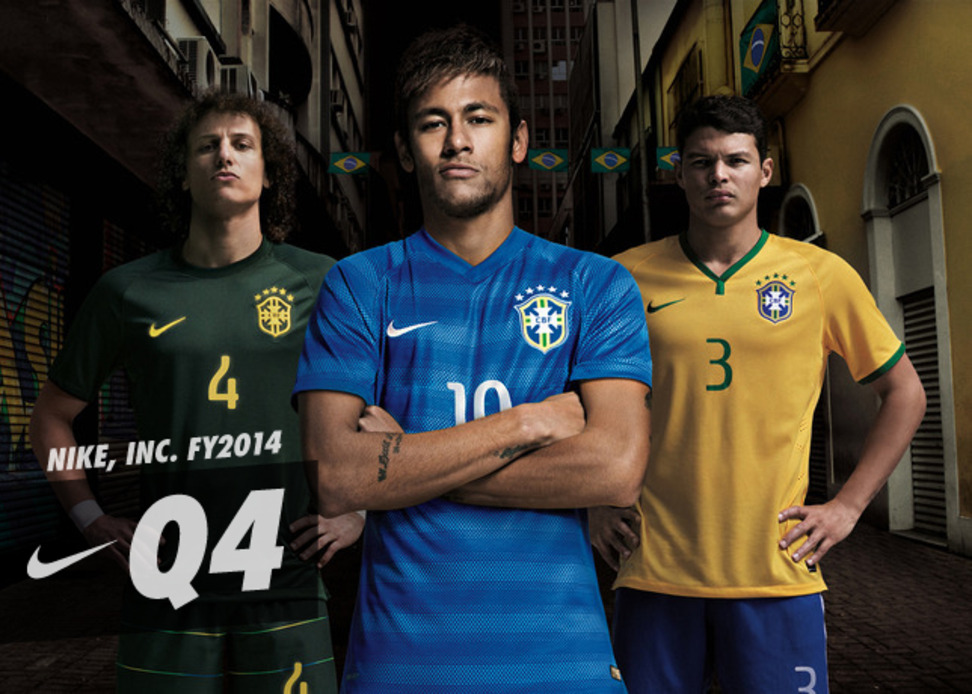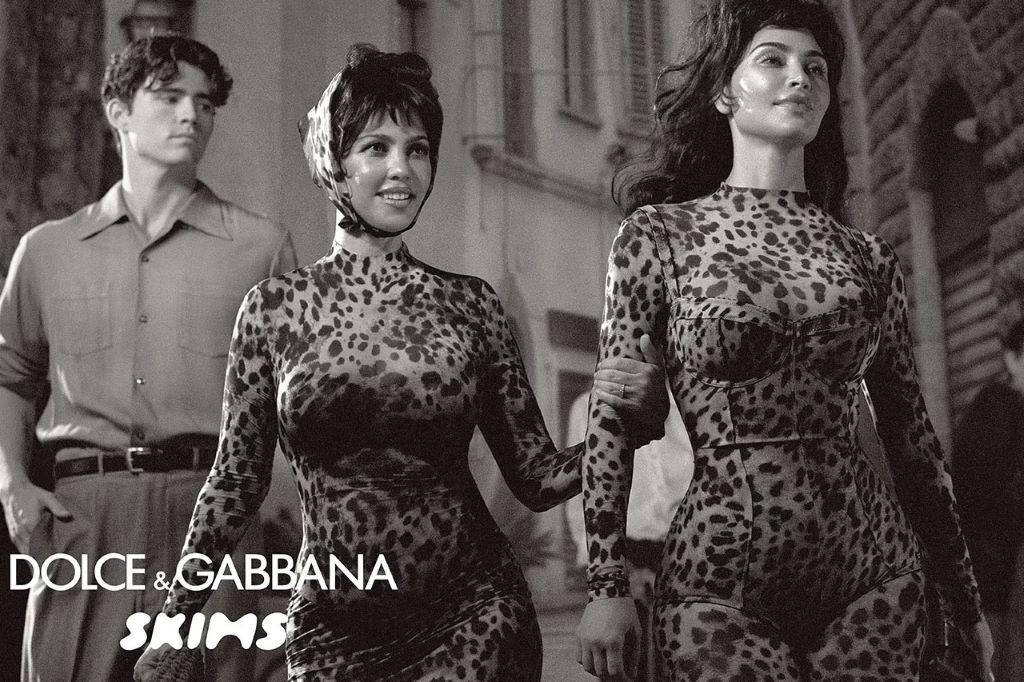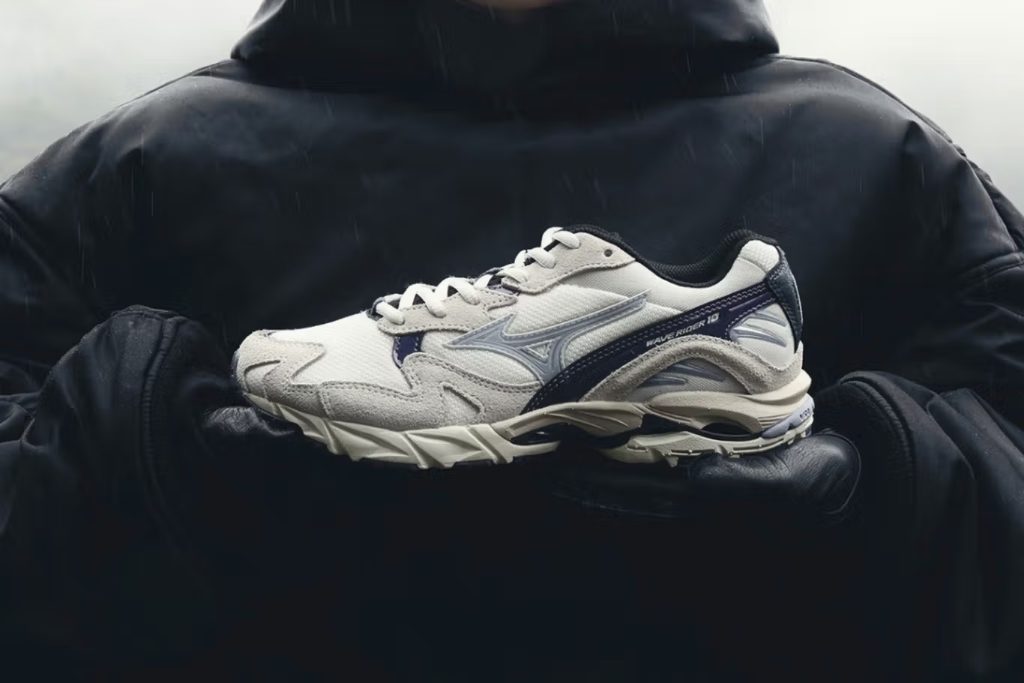Nike yesterday reported its 4Q sales. Its revenue worldwide was up 12% versus last year and future orders were up close to 12% versus last year. All told the company sold $7.4 billion worth of product during the quarter. Results were better than Wall Street anticipated and the stock traded up in response. Nike’s been on a positive run for a couple years now but some items popped up in this call that speak to the ongoing debate about sneakerheads importance to Nike’s bottom line.
Nike is performing well is just about every country it sells in though results have been especially positive in the United States and Europe and more flat in Japan. On its earnings call, Nike highlighted strength in running and basketball and said part of its growth has come from selling more higher-priced product. And indeed, part of Nike’s growth strategy in the years to come appears to be emphasizing growth of its top-tier product and partners while pulling back on distribution of its shoes to retailers who do a lot of discounting. In other words, more premium product that sells at or close to full price.
There is a lot of debate over the importance of the collector community and how it impacts Nike, but when one looks at Nike from a worldwide perspective it comes across as a small-minded way of looking at its business which has a massive number of moving parts. Nike has a history of connecting with individuals and businesses who match their competitive mindset and wish to grow and improve. Those connections include retailers, athletes, fitness devotees, designers and yes, sneakerheads, too. They’re all part of a winning formula though given Nike’s size, scope, and complexity, it’s become impossible to parse out credit in terms of who is responsible for what piece of the multi-billion dollar pie. However, you can be sure Nike is tracking and monitoring all its relationships and making adjustments that reflect how trends are moving. Case in point all those independent retailers who have lost their accounts over the past couple of years because Nike concluded their stores were not up to par.
Sneakerheads and Nike have an important symbiotic relationship. Their passion for Nike’s product lets the company know its on the right track with design and when it falters or goes off the track, the beasts are the first to point that out. Nike is improving the quality of retro Jordan in part because of complaints from collectors (it also comes with a price hike so it’s also a way to cut into some of the mark up taken by resellers).
They also buy a lot of high-priced sneakers (and the fact that they do it at full price and not a discount is a positive whose impact on profits cannot be underestimated) from Nike and its top tier accounts, whether Kith, Villa or Foot Locker. Those retailers may sell a lot of other product besides Jordan, but without those coveted items they have an entirely different and far less prosperous business. So yes, while the total amount of purchases may be small worldwide, they’re critical because they bolster margins and at the same time support some of Nike’s biggest and most important accounts.
From a marketing standpoint, sneakerheads occupy the top of the lifestyle influencer pyramid. By constantly hyping Nike on social media, they create buzz and excitement around the brand, which builds an overall positive perception and drives sales of all product, far above and beyond collector items. Of course, among sneakerheads, there are the uber influencers, and Nike considers their ability to influence purchases and brand perception so high that it seeds them with free product. When the Sky High wedge silhouette was launched, suddenly cool women were showing up everywhere with pairs gifted to them by Nike. The brand used the same strategy when it first launched its game-changing Flyknit platform.
Collaborations while not as prominent as they once were still matter in terms of marketing and also strengthening or opening new channels of distribution. Watch who Nike is collaborating with at any given time and it’s a pretty clear reflection of which region, retail channel or demographic it feels it’s under penetrated in and wants to have more of a presence in. Case in point the partnership with Riccardo Tisci reflects Nike’s desire to sell more shoes to luxury retailers.
The fact that there is any debate judging the importance of sneakerheads to Nike at this point in the game is borderline silly. That horse left the barn back in the late ’90s and early ’00s when Nike saw the promise of the first sneaker boutiques and began to partner with them. Important enough to Nike that it made sure to muscle out a bunch of upstarts whose most popular shoes were often inspired by Nike silhouettes. You want to sell an Air Force 1 look-a-like in your boutique, that’s fine but Nike made it clear you wouldn’t being positioning its shoes next to them.
Still, sneakerheads are one piece of a very big, global-sized puzzle that is constantly shifting and adjusting. What matters to Nike today might not five years from now. Nike has stated repeatedly, it’s a growth company and sometimes growing means leaving folks behind. But for now anyway, sneakerheads absolutely matter and are a important component of Nike’s business.
Analysis by Lois Sakany, who has covered the athletic footwear space from the vantage of both a fashion and financial reporter for over ten years.






